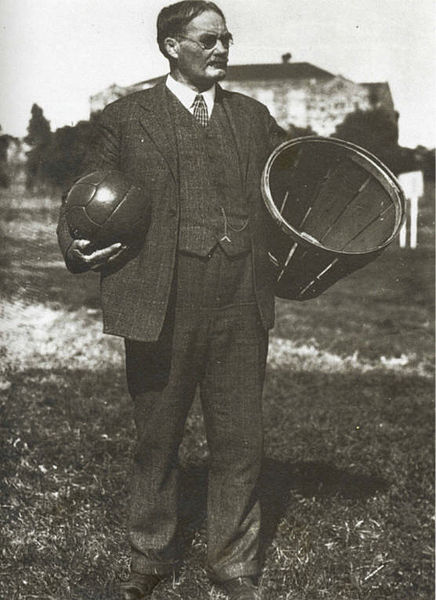The idea of the “hot hand” in sports has long been derided as an antique of a more narrative-driven era, but could analytics have rescued the decidedly non-sabremetric idea from the dustbin? Perhaps. Some researchers now believe that basketball players who are shooting well see their percentage improve, if slightly, over a progression of shots. Still seems fishy to me. From “Biting the Hot Hand,” by Zach Lowe at Grantland:
“The same implication issue arises when we consider work by Jeremy Arkes, a professor at the Naval Postgraduate School in Monterey, who found over a giant sample size that players are about 3 percent more likely to hit their second free throw on a two-shot trip to the line if they also hit the first one. That’s fascinating, if it holds over multiple seasons. But how do coaches and players adjust to that kind of information?
Incorporating all this research is easier during timeouts, when a coach can design plays to minimize the chances of a bad heat check, as Henry Abbott has written before at TrueHoop.
Believing or not believing in the hot hand might change some things about the way a game flows, but even proponents of the hot hand’s existence claim it’s a relatively small effect that doesn’t emerge very often. And that’s part of the challenge in the data, even apart from trying to explain the factors that might lead a player into a better rhythm on a particular day. What is ‘hot,’ statistically? Making two in three shots? Eight in 12? How do we know when to start the streak and when to stop it? How many times do players really get ‘hot’ in a given season? Five? Ten? Two?
‘It’s very hard to define,’ Ezekowitz says.”•
_________________________
“Reggie Miller with a clutch trey”:
Tags: Zach Lowe

